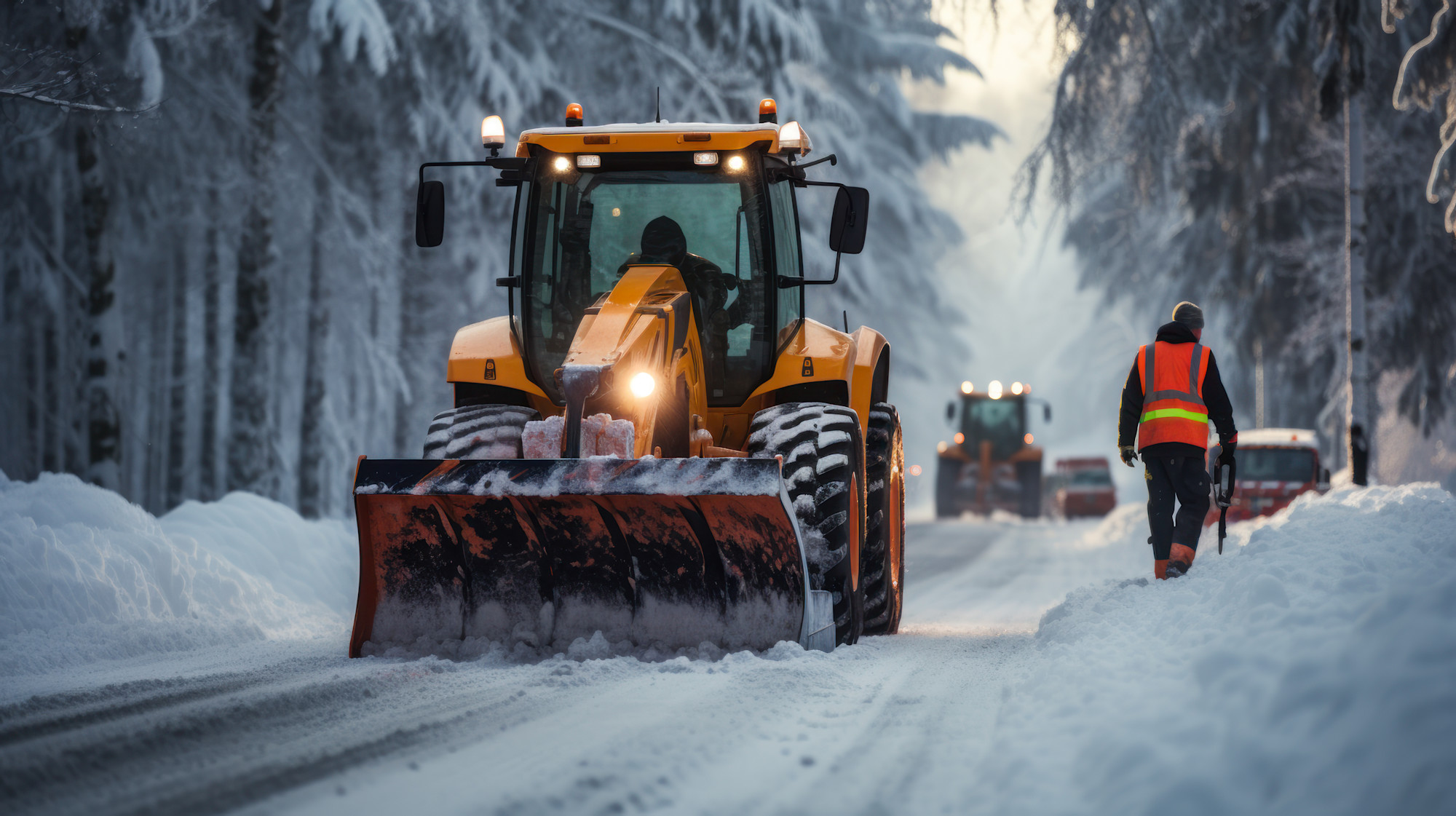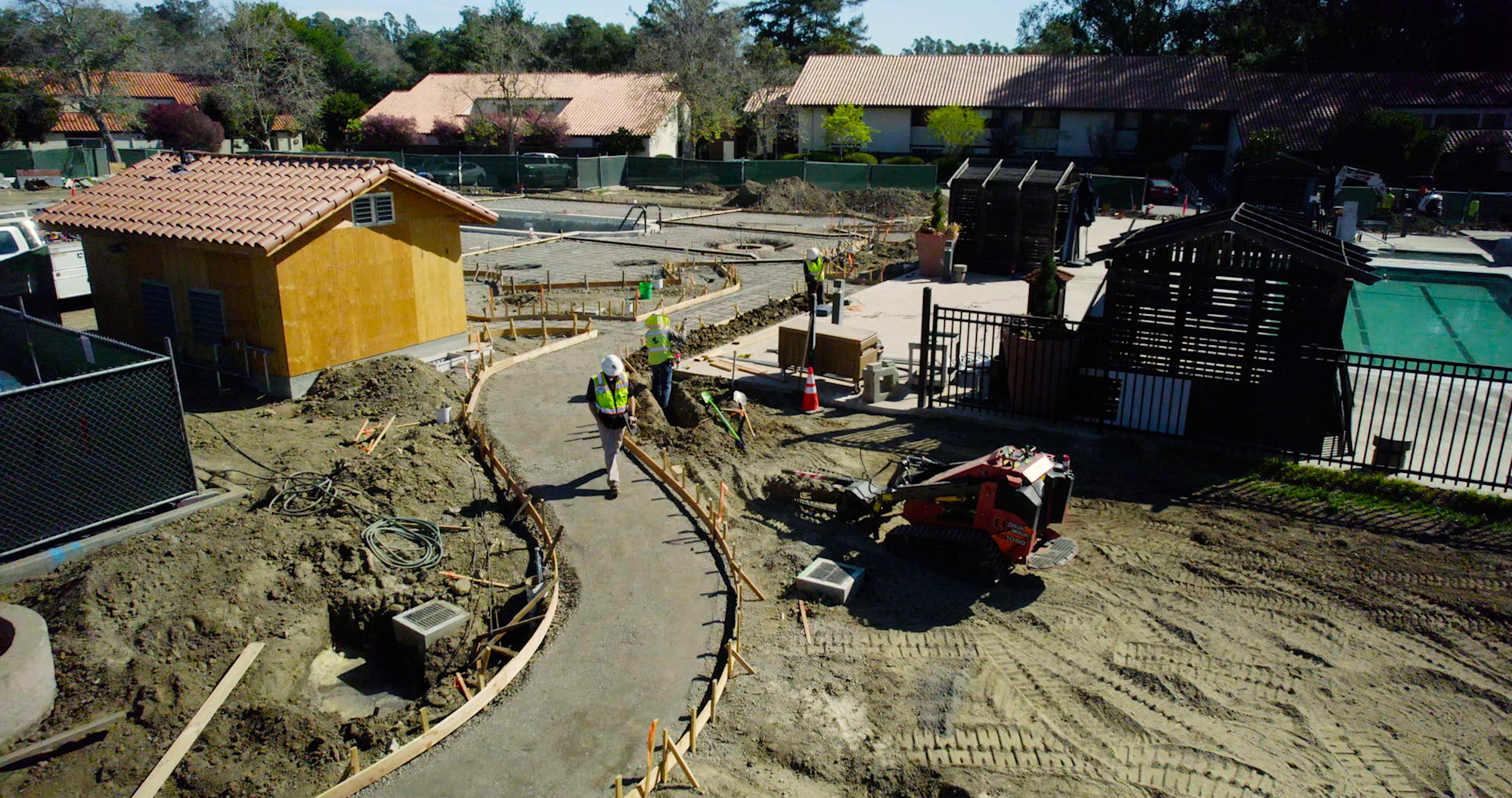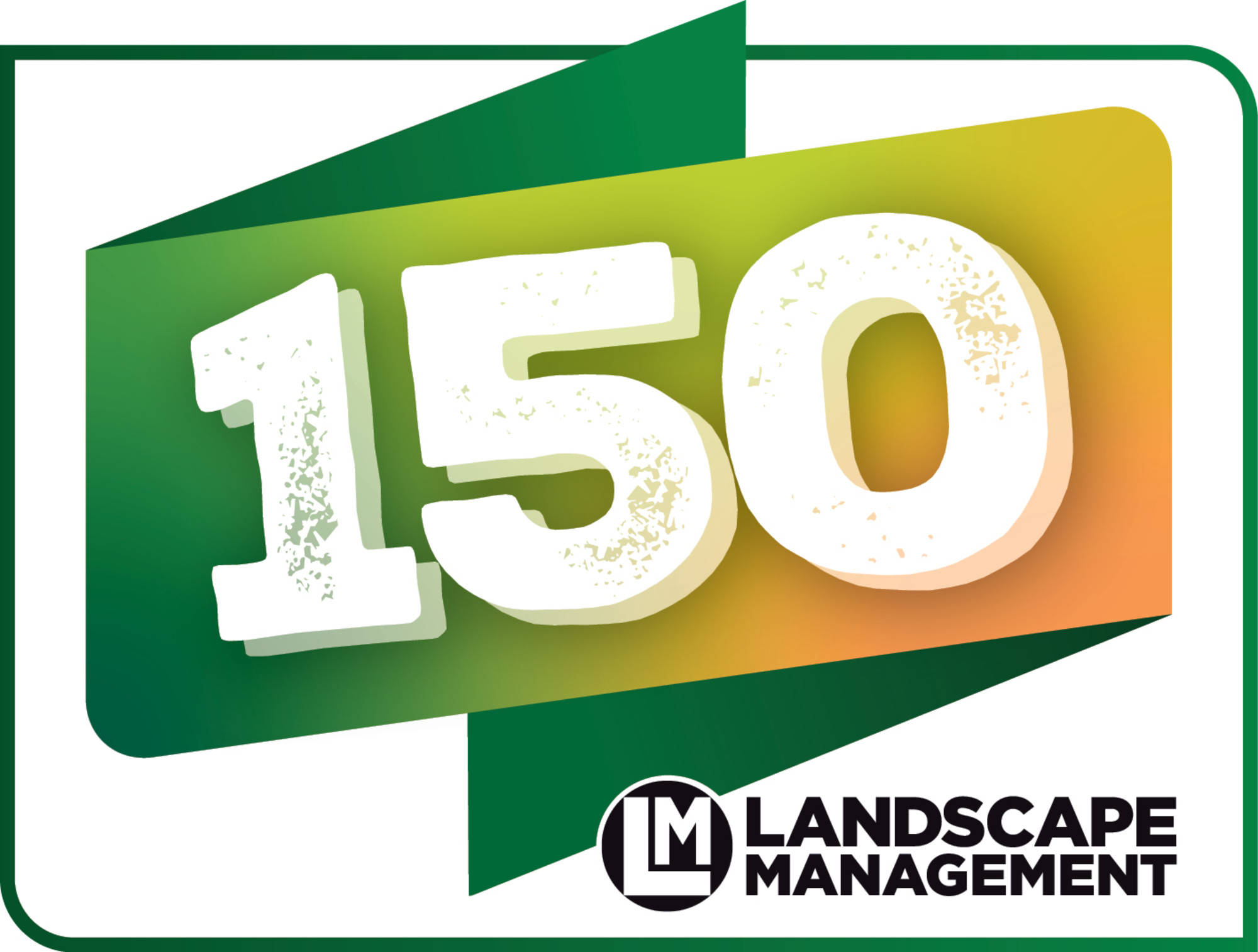Table of Contents
Table of Contents
- But once they get out the big feelings, you might want to hear what they have to say
- "Stop Treating Me Like a Tank, I'm Sensitive"
- "I'm Not Psychic, Tell Me Where to Go"
- Make snow removal less of a drag with cutting-edge technology
- "Salt Is My Perfume, But Too Much Stinks"
- "My Operators Are My Lifeline"
- "I Just Want to Be Appreciated"
- Listen to Your Plow, Get Reliable Performance All Season
- But once they got out the big feelings, you might want to hear what they have to say
- "Stop Treating Me Like a Tank, I'm Sensitive"
- "I'm Not Psychic, Tell Me Where to Go"
- Make snow removal less of a drag with cutting-edge technology
- "Salt Is My Perfume, But Too Much Stinks"
- "My Operators Are My Lifeline"
- "I Just Want to Be Appreciated"
- Listen to Your Plow, Get Reliable Performance All Season
- Listen to Your Plow, Get Reliable Performance All season
- Listen to Your Plow, Get Reliable Performance all season
- Listen to Your Plow, Get Reliable performance all season
- Listen to Your Plow, Get reliable performance all season
- Listen to Your Plow, get reliable performance all season
- Listen to Your plow, get reliable performance all season
- Listen to your plow, get reliable performance all season
If snow plows could talk, they'd have a lot to say.
Spoiler: most of it would be passive-aggressive.
Between the 3 a.m. wake-up calls, the relentless pounding against frozen pavement, and the general lack of appreciation for their hard work, your plows would have some choice words about how they're treated during snow season.
It would probably sound like a therapy session mixed with a strongly worded Yelp review. "Sure, just ram me into that curb at full speed again. It's not like I have feelings—or hydraulic lines that cost $800 to replace."
The truth is, while plows can't literally communicate, they send plenty of signals through breakdowns, inefficiencies, and repair bills.
But once they get out the big feelings, you might want to hear what they have to say
Imagine if your trusty plow could share its perspective on:
✓ Maintenance neglect
✓ Chaotic routing
✓ Operator habits
✓ General abuse it endures every winter
The businesses that "listen" to what their equipment needs—through proper maintenance, smart routing, trained operators, and systematic care—get far better performance and longevity from their investments.
So here's what your snow plows would tell you if they could.
Consider this their anonymous confession, their plea for better treatment, and their guide to a healthier, more productive relationship. Your plows work hard for you—maybe it's time to return the favor.
"Stop Treating Me Like a Tank, I'm Sensitive"
Listen, I know I look tough. I'm made of steel, I push literal tons of snow, and I sound intimidating when I'm scraping pavement at 4 a.m. But here's the secret nobody wants to admit: I'm actually pretty sensitive. I'm tough, but I'm not indestructible. Even superheroes need spa days.
Every season, I watch operators treat me like I'm military-grade armor designed to withstand nuclear attacks. Newsflash: I'm not. I'm a precision piece of equipment with hydraulic systems that need attention, cutting edges that wear down, mounting hardware that loosens, and components that require regular inspection.
Ignore these needs, and I will fail you—probably at 2 a.m. during the biggest storm of the season when you need me most.
Here's what I need (but rarely get):
Pre-storm inspections that actually happen: Before each storm event, someone should check my hydraulic fluid levels, inspect hoses for cracks or leaks, verify that my cutting edge isn't worn down to nothing, and ensure all bolts are correctly tightened. This takes 20 minutes but prevents hours of downtime.
Proper lubrication of moving parts: My pivot points, lift mechanisms, and angle cylinders need regular lubrication. Dry metal grinding against metal isn't just uncomfortable—it's destructive and expensive.
Attention to warning signs before they become failures: When I start making unusual noises, leaking fluid, or responding sluggishly to controls, that's me communicating. Ignoring these signals because "we'll deal with it after the storm" is how minor issues become major breakdowns.
Cutting-edge replacement before they're completely gone: Waiting until my cutting edge is worn to razor-thin metal means I'm not clearing snow effectively, and I'm putting stress on my entire frame. Replace edges proactively, not reactively.
Bolt checks after every few storms: Vibration and impact loosen mounting bolts over time. A quick check and tightening session prevents me from literally falling off the truck mid-job.
The irony is that the 20 minutes you "don't have time for" in maintenance would save you from the 6-hour emergency breakdown that leaves clients buried and angry.
Every snow removal operator knows someone who had a plow catastrophically fail mid-storm because they skipped basic maintenance. Don't be that person.
This is where business management tools like Aspire become genuinely valuable.
Instead of relying on memory or hoping operators remember to check equipment, you can log and track maintenance schedules systematically. Set up automated inspection reminders, track service history for each piece of equipment, and document issues before they become costly failures.
With digital maintenance tracking, nothing falls through the cracks.
You know precisely when each plow was last serviced, what issues have been flagged, and what preventive maintenance is due. This isn't micromanagement—it's smart asset protection that keeps expensive equipment operational when you need it most.
Treat me well, and I'll push snow reliably for years.
Abuse me and skip maintenance, and I'll strand you at the worst possible moment—your choice.
"I'm Not Psychic, Tell Me Where to Go"
You know what's frustrating?
Being a perfectly capable snowplow attached to a truck driven by someone who has absolutely no idea where they're supposed to go next. I can push snow. I cannot read minds.
Give me a plan, not a prayer.
Routing chaos is one of the biggest efficiency killers in snow removal operations, and guess who suffers? Me. I end up zigzagging across town, burning fuel, wasting time, and clearing the wrong properties while priority clients sit buried, wondering where we are. Meanwhile, other plows are duplicating my work because nobody coordinated assignments properly.
The routing disasters I witness regularly:
Random job assignments without geographic logic
Duplicate property visits
Priority confusion that leaves important clients waiting
Mid-storm route changes without clear communication
Inefficient sequencing that wastes accumulation time
Clear routing assignments organized by geographic zones prevent most of these problems. When I know exactly which properties I'm responsible for, in what order, and why certain locations have priority, I can work efficiently.
✓ Crews aren't confused
✓ Fuel isn't wasted
✓ Clients get predictable service
This is where tools like PropertyIntel's ProMaps and Aspire's route optimization capabilities transform operations from chaotic to systematic.
Instead of handwritten lists or group text confusion, every plow operator sees their complete route with property details, GPS navigation, and real-time updates if priorities shift.
Make snow removal less of a drag with cutting-edge technology
PropertyIntel's digital measurement and mapping tools provide accurate property information so operators know exactly what they're dealing with before arrival. No surprises, no guessing about lot size or obstacles—just clear information that enables efficient work.
When dispatching is managed through a centralized platform, managers can assign jobs based on crew location, equipment type, and job complexity.
If conditions change mid-storm, reassignments happen instantly without phone tag or confusion. I know where to go, when to be there, and what's expected—which means I can focus on actually clearing snow instead of figuring out logistics on the fly.
Leave me guessing, and we'll all suffer the consequences.
"Salt Is My Perfume, But Too Much Stinks"
I love salt. The smell, the crunch, the way it melts ice and makes my job easier—salt is basically my signature fragrance. But here's the thing: like any good perfume, a little goes a long way.
I like smelling like salt, but let's not turn the parking lot into the Dead Sea.
Over-salting is one of those habits that seems harmless at the moment but creates multiple problems:
✕ Wasted money
✕ Environmental damage
✕ Client property issues
✕ Margin erosion that sneaks up on you
Every time an operator dumps excessive salt because "more is better," I cringe knowing we're literally throwing money onto the pavement.
The over-salting problem nobody talks about:
Material costs that devour profit margins
Environmental impact that's increasingly regulated
Client property damage from salt overuse
Calibration negligence that creates inconsistent application
Accountability gaps when usage isn't tracked
The solution isn't complicated—it just requires attention to detail and systematic tracking. Properly calibrated spreaders, trained operators who understand appropriate application rates, and accountability systems that track material usage per job create massive cost savings over a season.
This is exactly where Aspire's job costing and material tracking capabilities provide tangible ROI.
Instead of ordering salt unthinkingly and hoping it lasts the season, you can track precisely how much material each job requires, identify which properties consume excessive amounts, and spot operators who need additional training in efficient application.
When material costs are tracked per job, you can accurately price contracts instead of guessing. Your profit margins (and the environment) will thank you.
"My Operators Are My Lifeline"
Let's talk about the human factor, because here's a truth that makes some people uncomfortable: I'm only as good as the person driving me.
A well-trained operator makes me look like a snow-clearing champion. A careless operator makes me look like an expensive liability. I can only do so much if the human driving me thinks reverse is optional.
Operator skill directly impacts my performance, longevity, and the quality of service we deliver together. Yet operator training often gets minimal attention—"here's the truck, here's the plow, try not to hit anything" isn't exactly comprehensive preparation.
What separates great operators from problematic ones:
Situational awareness that prevents property damage
Equipment respect that extends operational life
Communication habits that keep everyone informed
Technique knowledge for different scenarios
Time management that balances speed with quality
The problem?
Many snow removal businesses provide minimal operator training beyond basic equipment operation. Nobody teaches best practices for efficiency, property protection, or equipment care.
Aspire Mobile app helps bridge this communication gap by giving operators clear job instructions, property-specific notes, and the immediate ability to log completion status and issues. When operators can quickly access customer information, special requirements, and previous service notes, they work more effectively with fewer misunderstandings.
The app also facilitates real-time communication between field crews and management. If an operator encounters a problem—unexpected obstacles, equipment issues, access problems—they can report it immediately rather than making isolated decisions that might not align with company priorities.
Invest in operator training, provide them with communication tools, and treat them like the skilled professionals they are (or should be). Your equipment, your clients, and your bottom line will all benefit from having knowledgeable, engaged operators who take pride in their work.
"I Just Want to Be Appreciated"
Is that too much to ask? Maybe a wash once in a while?
I'm sitting here as an expensive investment that generates revenue all winter, yet somehow I end up forgotten in the corner of the lot once spring arrives, covered in dried salt and neglect.
Snow plows represent significant financial investments—ranging from thousands to tens of thousands of dollars, depending on size and features. Yet many businesses treat equipment like disposable tools rather than valuable assets that require care to deliver proper return on investment.
The appreciation I'm asking for:
Post-season cleaning and inspection
Proper storage during the off-season
Summer maintenance and repairs
Reasonable operational expectations
Budget recognition of replacement cycles
Tracking the total cost of ownership
Treating equipment as assets rather than disposable tools dramatically improves ROI and operational reliability. A well-maintained plow provides 10+ years of reliable service. A neglected plow might struggle to make it through three seasons before major components fail.
Aspire helps track equipment costs, maintenance schedules, and performance data that inform smart business decisions. You can see the total cost of ownership for each piece of equipment, identify high-maintenance items that might need replacement, and track which repairs keep recurring to spot deeper problems.
This financial visibility transforms how you manage equipment assets.
Instead of reactive emergency repairs that strain cash flow, you can budget for predictable maintenance and plan strategic replacements based on data rather than crisis.
Perhaps most importantly, systematic equipment management creates operational predictability. You're not constantly surprised by breakdowns because you proactively monitor maintenance needs. You're not scrambling for backup equipment because you planned for contingencies.
Listen to Your Plow, Get Reliable Performance All Season
Every breakdown avoided, every efficient route completed, every properly salted property, and every year of extended equipment life comes from paying attention to the signals your equipment sends.
The businesses that excel in snow removal aren't necessarily the ones with the newest or most expensive equipment—they're the ones that treat equipment as valuable assets requiring systematic care, strategic deployment, and professional management.
They understand that operational excellence comes from the combination of quality equipment, trained operators, efficient processes, and data-driven decision-making.
Excellence begins with maintenance schedules that are actually followed, operators who understand proper technique, routing that makes geographic sense, and material usage tracking that prevents waste.
When you give equipment what it needs—proper maintenance, clear direction, skilled operators, and systematic management—the returns multiply. Fewer breakdowns mean higher customer satisfaction. Better routing means lower operational costs. Trained operators mean longer equipment life. Material tracking means protected margins.
It's not complicated; it just requires consistent attention and proper systems.
Give your business the same care your equipment deserves. Schedule a demo and discover how professional field service management turns good equipment into great business results.








